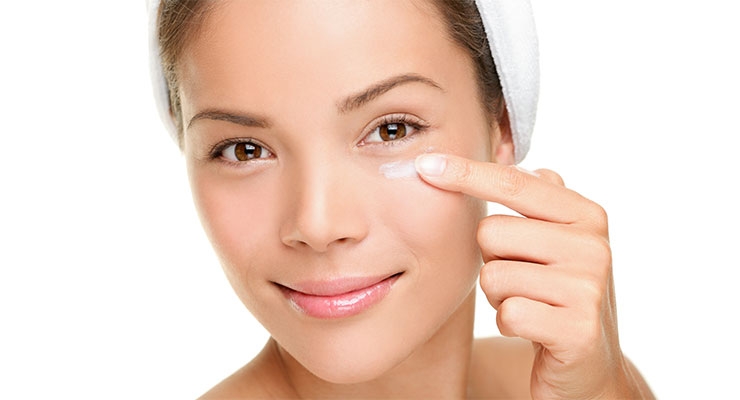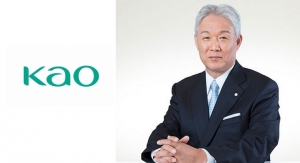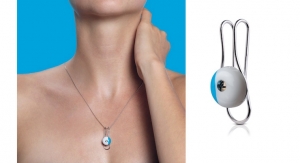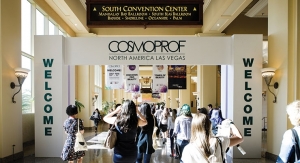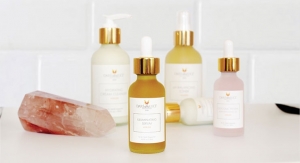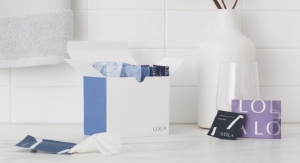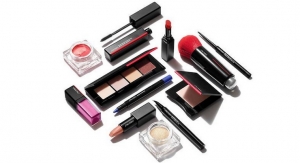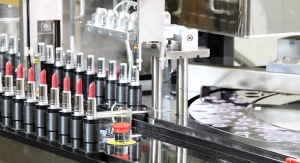11.30.18
Does the texture of your skincare product make you feel a certain way? According to newly released research from Kao, yes, it does.
The Kansei Science Research and Skincare Products Research Laboratories of Kao Corporation says it has been studying the relationship between sensation and emotions since 2012 with a focus on the kinds of emotions that are induced during use of cosmetics that produce different application sensations. Through the use of seven types of cosmetics (fragrance-free, color-free cream) that provide different textures upon application, individual emotions generated were confirmed based on an affect scale for cosmetics behavior. (The scale to evaluate emotions by 12 emotional factors during application of cosmetics. Related research results were presented at The Japanese Psychological Association in 2013.) Kao revealed that different textures produced during application evoke different emotions.
The research results were presented at the 21st Annual Meeting of Japan Society for Research on Emotions held in May 2013.
Recent Research Findings
Kao has confirmed the emotions generated during application of creams with different textures (fragrance-free, color-free cream) according to the following method.
Subjects and sample items
Study 1: 29 women in their 30s, samples used: P/Q/R/S
Study 2: 29 women in their 20s and 30s, samples used: R/U/W/X
* Sample R was used in both Study 1 and Study 2.
Method:
Both studies were conducted using the same procedure.
In each study, participants used 4 types of sample creams (fragrance-free, color-free cream) for 3 consecutive days (optional for morning skin care, mandatory for night skin care), and, after a 3-day period of use, participants evaluated the application texture of each sample as well as their emotions during use as night skin care. For the evaluation of emotions, an affect scale for cosmetics behavior was employed.
Results:
Evaluation of texture
As a result of the analysis of variance of the evaluation items of each texture, a significant difference was observed in multiple items in both studies 1 and 2, including "soft," and "sticky." Therefore, that there was a difference in the texture produced by application of the samples was clearly confirmed.
Evaluation of emotions:
Analysis of variance was performed on the emotions (12 factors) during use of each sample. Results showed a significant difference was observed among multiple emotional factors in both studies 1 and 2. It was confirmed that different emotions were evoked by different samples used in the study.
Mapping of the cream texture and emotions:
Correspondence analysis was used to evaluate textures and emotions evoked during use of each sample, and mapping of the results was performed. It was confirmed that samples located in different quadrants on the texture map roughly corresponded to the locations on the emotion map. The results showed that different textures evoke different emotions.
Conclusion:
In these studies, it was revealed that the emotion evoked is different according to the texture produced while applying cosmetics. It was also confirmed that the texture during application influences users' emotions and the relationship between texture and emotions was clarified.
For more about Kao’s future focus on skincare, read Beauty Packaging’s interview with Michitaka Sawada, Kao’s president and chief executive officer.
The Kansei Science Research and Skincare Products Research Laboratories of Kao Corporation says it has been studying the relationship between sensation and emotions since 2012 with a focus on the kinds of emotions that are induced during use of cosmetics that produce different application sensations. Through the use of seven types of cosmetics (fragrance-free, color-free cream) that provide different textures upon application, individual emotions generated were confirmed based on an affect scale for cosmetics behavior. (The scale to evaluate emotions by 12 emotional factors during application of cosmetics. Related research results were presented at The Japanese Psychological Association in 2013.) Kao revealed that different textures produced during application evoke different emotions.
The research results were presented at the 21st Annual Meeting of Japan Society for Research on Emotions held in May 2013.
Recent Research Findings
Kao has confirmed the emotions generated during application of creams with different textures (fragrance-free, color-free cream) according to the following method.
Subjects and sample items
Study 1: 29 women in their 30s, samples used: P/Q/R/S
Study 2: 29 women in their 20s and 30s, samples used: R/U/W/X
* Sample R was used in both Study 1 and Study 2.
Method:
Both studies were conducted using the same procedure.
In each study, participants used 4 types of sample creams (fragrance-free, color-free cream) for 3 consecutive days (optional for morning skin care, mandatory for night skin care), and, after a 3-day period of use, participants evaluated the application texture of each sample as well as their emotions during use as night skin care. For the evaluation of emotions, an affect scale for cosmetics behavior was employed.
Results:
Evaluation of texture
As a result of the analysis of variance of the evaluation items of each texture, a significant difference was observed in multiple items in both studies 1 and 2, including "soft," and "sticky." Therefore, that there was a difference in the texture produced by application of the samples was clearly confirmed.
Evaluation of emotions:
Analysis of variance was performed on the emotions (12 factors) during use of each sample. Results showed a significant difference was observed among multiple emotional factors in both studies 1 and 2. It was confirmed that different emotions were evoked by different samples used in the study.
Mapping of the cream texture and emotions:
Correspondence analysis was used to evaluate textures and emotions evoked during use of each sample, and mapping of the results was performed. It was confirmed that samples located in different quadrants on the texture map roughly corresponded to the locations on the emotion map. The results showed that different textures evoke different emotions.
Conclusion:
In these studies, it was revealed that the emotion evoked is different according to the texture produced while applying cosmetics. It was also confirmed that the texture during application influences users' emotions and the relationship between texture and emotions was clarified.
For more about Kao’s future focus on skincare, read Beauty Packaging’s interview with Michitaka Sawada, Kao’s president and chief executive officer.

